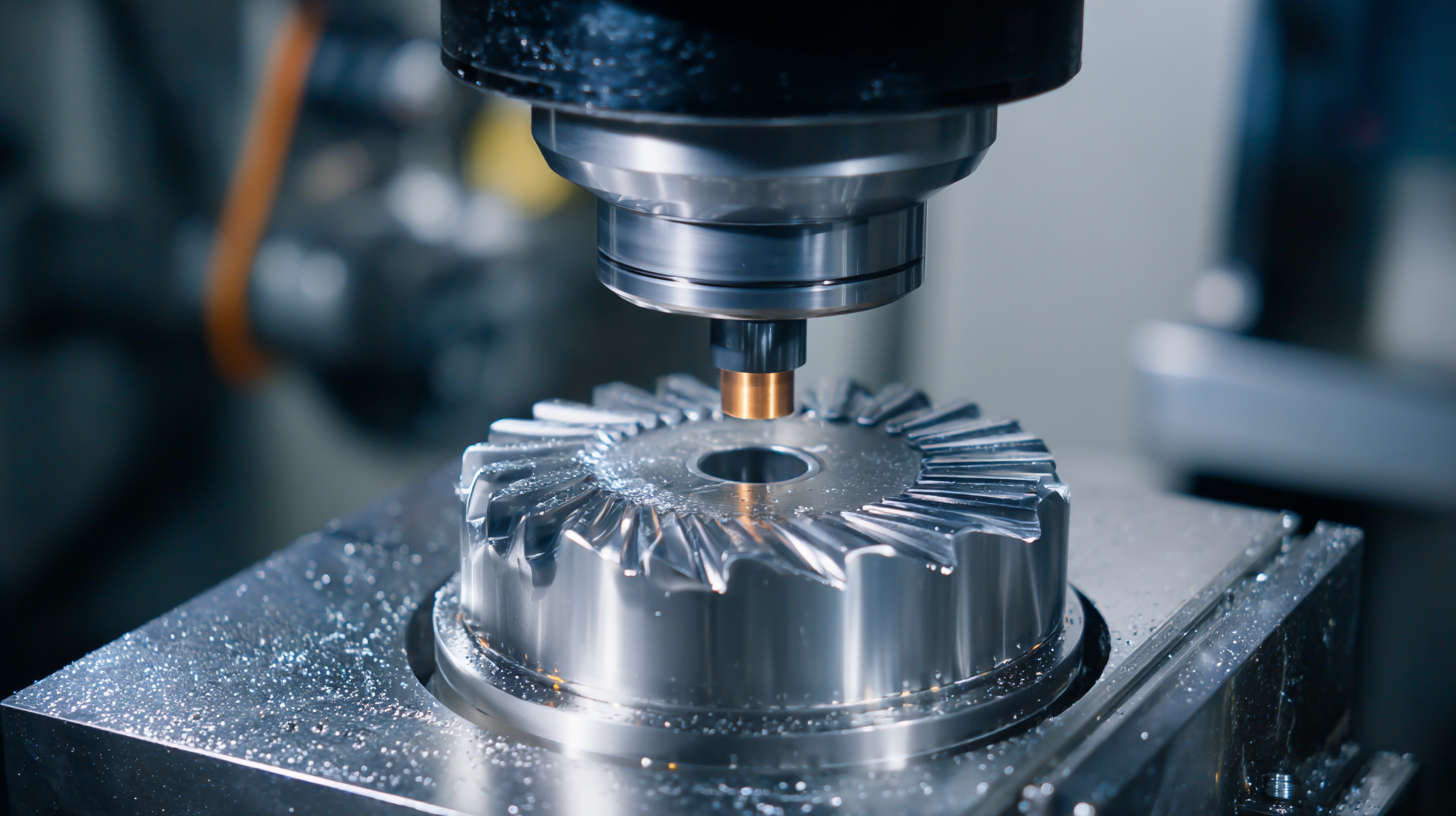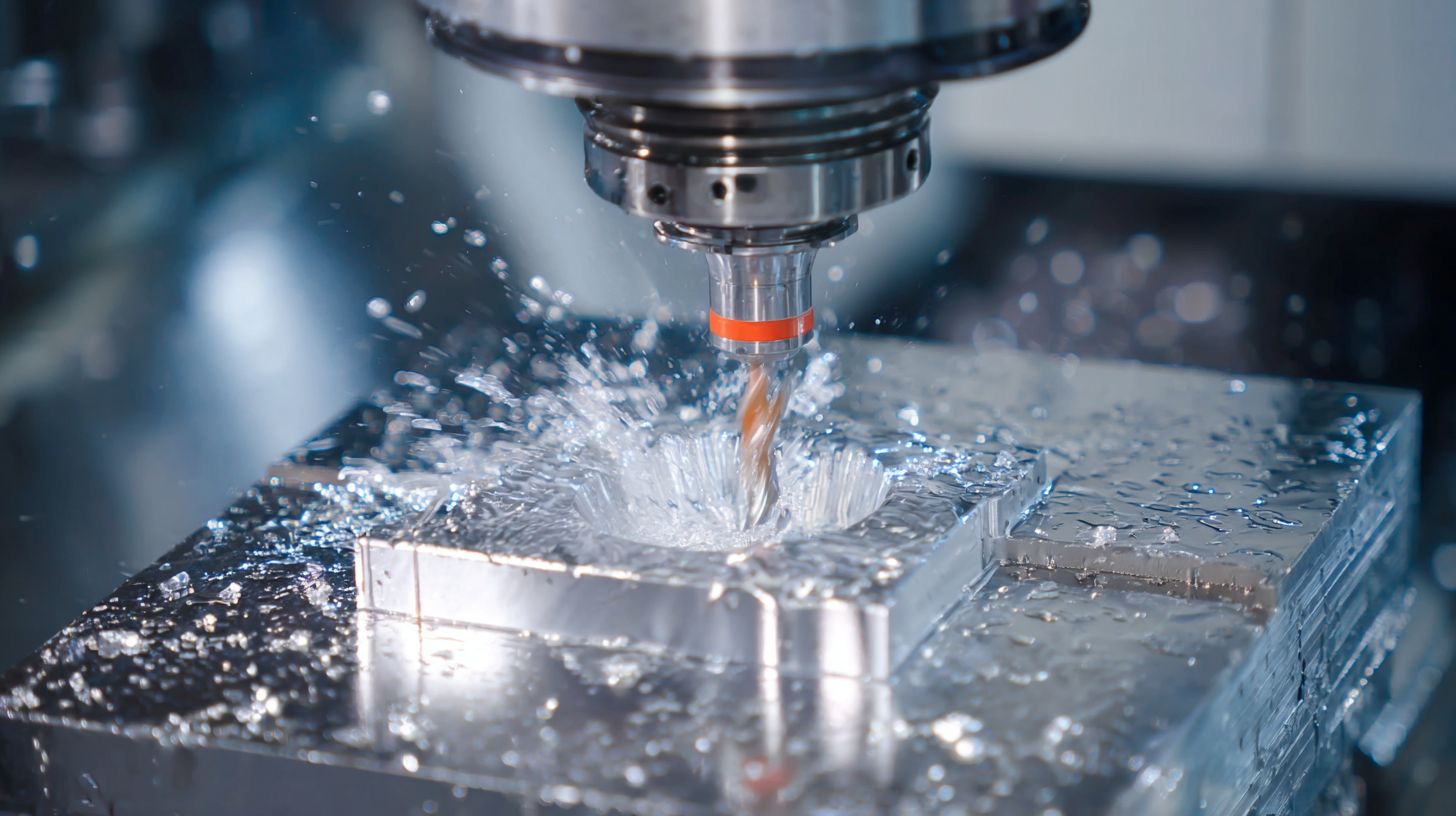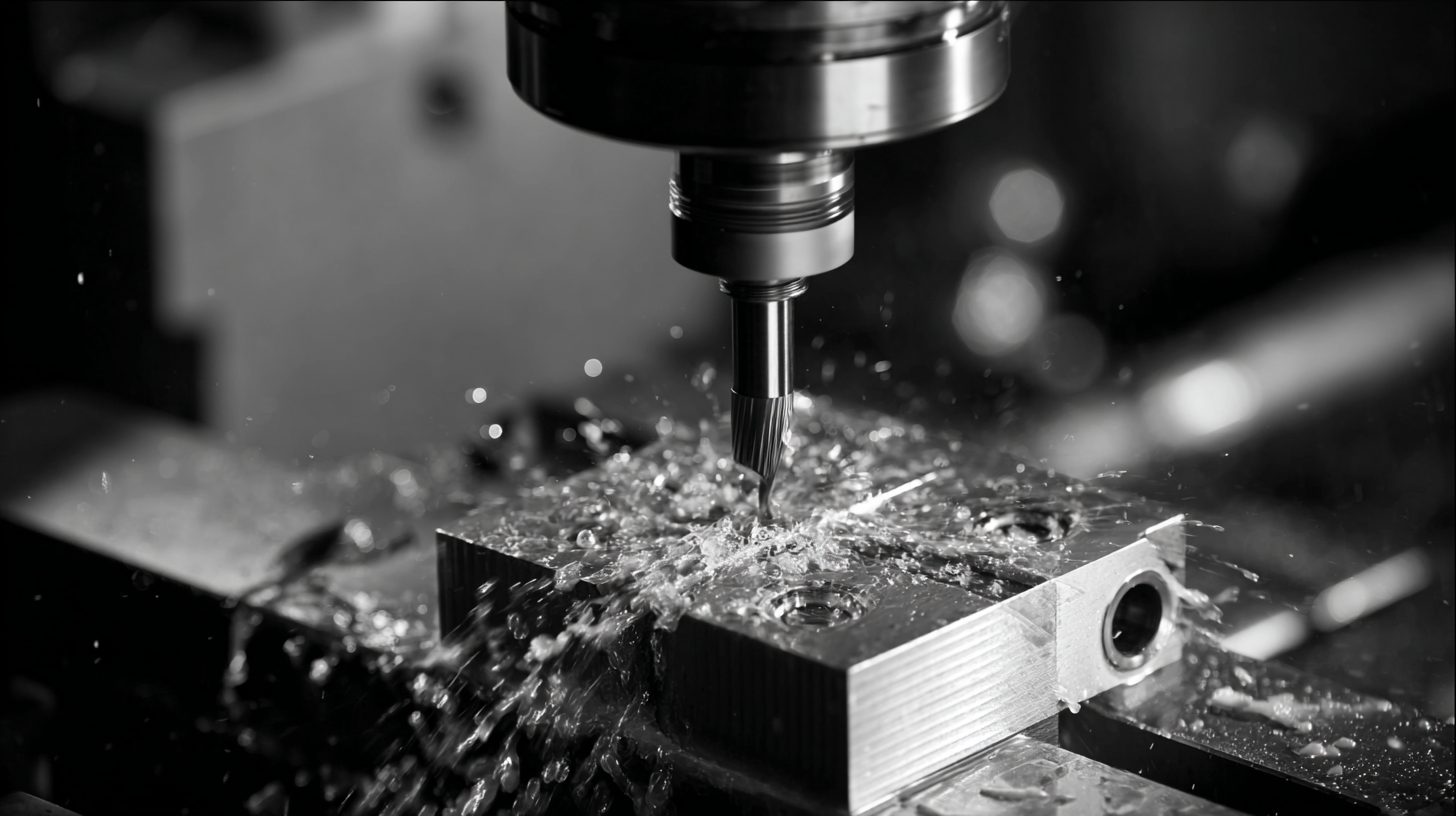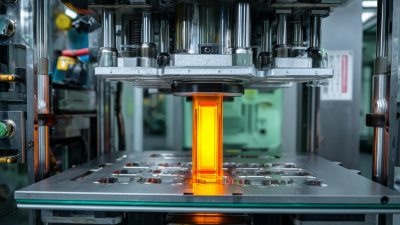In the fast-evolving landscape of precision engineering, CNC machining stands out as a pivotal technology driving efficiency and accuracy in manufacturing processes. According to a report by Markets and Markets, the global CNC machining market was valued at approximately $63.4 billion in 2020 and is projected to reach $100.4 billion by 2026, showcasing a robust growth rate of 7.8% per year. This remarkable expansion underscores the increasing reliance on CNC machining for producing intricate components across various industries, including aerospace, automotive, and medical sectors.

As competition intensifies and the demand for customization rises, understanding the nuances of CNC machining becomes essential for engineers and manufacturers seeking to achieve operational excellence and deliver high-quality products. This ultimate guide will explore key strategies, best practices, and emerging trends that define CNC machining, empowering precision engineering professionals to thrive in this dynamic environment.
CNC machining is a process that utilizes computer numerical control to automate the operation of machine tools. This technology plays a crucial role in precision engineering as it allows for high accuracy and repeatability in manufacturing components. Understanding the key concepts and terminology associated with CNC machining is essential for engineers and machinists to optimize their workflow and enhance production capabilities.
At the core of CNC machining are key components such as the CNC controller, which interprets the design specifications fed into the system. Machining tools, including lathes and mills, are then operated based on these instructions. Moreover, familiarity with terms like G-code, which is the language used to program CNC machines, and tooling types, such as end mills and drills, will significantly improve one's ability to design and troubleshoot machining processes. As the industry continues to evolve, mastering these essential concepts can lead to improved precision and efficiency in engineering practices, placing organizations at the forefront of innovation.
| Key Concept | Definition | Importance |
|---|---|---|
| CNC Machining | A manufacturing process that uses computer-controlled machines to create precise parts and components. | Ensures high accuracy and repeatability in production. |
| G-code | A language used to control CNC machines, consisting of commands that direct the machine's movements. | Allows detailed programming of machining operations for complex tasks. |
| Tool Path | The programmed route that the cutting tool follows during machining. | Optimizing tool paths reduces production time and material waste. |
| Workholding | Devices used to secure and position the workpiece during machining. | Proper workholding is crucial for achieving precision and stability during operations. |
| Feed Rate | The speed at which the tool engages the workpiece, typically measured in inches per minute (IPM). | Impacts the finish quality and tool life; optimizing it leads to better performance. |
 CNC machining has become an indispensable process in precision engineering, offering numerous advantages that enhance manufacturing productivity and accuracy. One of the most significant benefits is precision. According to industry reports, the global machining centers market was valued at approximately USD 29.17 billion in 2018 and is expected to surge to USD 60.13 billion by 2032. This growth reflects the increasing demand for precision processes that CNC machining can deliver, ensuring tighter tolerances and superior quality in produced components.
CNC machining has become an indispensable process in precision engineering, offering numerous advantages that enhance manufacturing productivity and accuracy. One of the most significant benefits is precision. According to industry reports, the global machining centers market was valued at approximately USD 29.17 billion in 2018 and is expected to surge to USD 60.13 billion by 2032. This growth reflects the increasing demand for precision processes that CNC machining can deliver, ensuring tighter tolerances and superior quality in produced components.
Another key advantage of CNC machining is its efficiency. Automation reduces human error and increases production speed, allowing manufacturers to meet high-volume demands without compromising quality. Furthermore, the integration of next-generation technologies like artificial intelligence (AI) is poised to further optimize machining processes, improving predictive maintenance and reducing downtime. As AI transforms precision manufacturing, it promises to enhance operational efficiency, making CNC machining a cornerstone for industries aiming for success in a competitive market.
When it comes to precision engineering, selecting the right CNC machine is paramount. The aerospace sector, experiencing a resurgence with an estimated $851.5 billion market value for parts manufacturing, calls for advanced machining techniques capable of delivering precision and efficiency. With expert advice emphasizing the importance of drilling speed and accuracy for aerospace components, it's clear that investing in high-performance CNC machines is essential for overcoming the challenges of modern manufacturing.
In the quest for optimal performance, understanding gear ratios can significantly enhance machine productivity. This knowledge enables engineers to maximize the capabilities of their CNC equipment, ensuring that each component is machined with precision tailored to application requirements. Additionally, as the industry evolves, savvy engineers are capitalizing on the growing demands for innovative CNC projects. With the emergence of 26 high-demand CNC projects forecasted for 2025, businesses must stay ahead of the curve by choosing machines that not only meet today's standards but are also capable of adapting to future trends and requirements in precision engineering.
When it comes to setting up CNC machining processes, precision and efficiency are paramount. According to a report by MarketsandMarkets, the global CNC machining market is projected to reach USD 100.76 billion by 2026, with a CAGR of 6.5% from 2021. To thrive in this competitive landscape, manufacturers must adopt best practices in their CNC setups.

One essential tip is to ensure that machinery is calibrated accurately. Regular calibration can reduce tool wear and enhance product consistency, leading to a decrease in dimensional errors—a critical factor, as the American Society of Mechanical Engineers (ASME) indicates that tolerances smaller than 0.01 mm can significantly impact the functionality of precision parts. Additionally, investing in advanced software for tool path optimization can lead to time savings and improved production efficiency, as noted in a recent study by the Society of Manufacturing Engineers (SME), which revealed a 30% reduction in cycle times for enhanced machining setups.
Lastly, establishing a rigorous maintenance schedule helps in prolonging the lifespan of CNC machines. A report by the National Institute of Standards and Technology (NIST) highlights that unplanned downtime due to equipment failure can cost manufacturers up to $260,000 per hour. By prioritizing maintenance, businesses can maintain operational efficiency and safeguard their investment in CNC technology, ultimately securing a competitive advantage in precision engineering.
Maximizing efficiency in CNC machining operations is crucial for achieving precision and reducing production time. One of the best practices to enhance efficiency is adopting a proactive approach to tool management. Regularly analyzing tool wear and tear can prevent unexpected downtime, which not only keeps operations smooth but also significantly cuts costs. Implementing advanced software for real-time monitoring can provide insights into the performance of tools and machines, allowing operators to make quick adjustments when necessary.
Another essential practice is optimizing machining parameters. This involves adjusting feed rates, spindle speeds, and depth of cuts according to the specific materials and desired outcomes. Utilizing simulations can aid in finding the most effective settings before actual machining begins, reducing trial and error on the shop floor. Additionally, organizing the workspace for seamless workflow—such as ensuring easy access to tools, parts, and machines—can further streamline operations and maintain high productivity levels. By focusing on these best practices, CNC machining operations can achieve maximum efficiency and contribute to overall engineering success.






